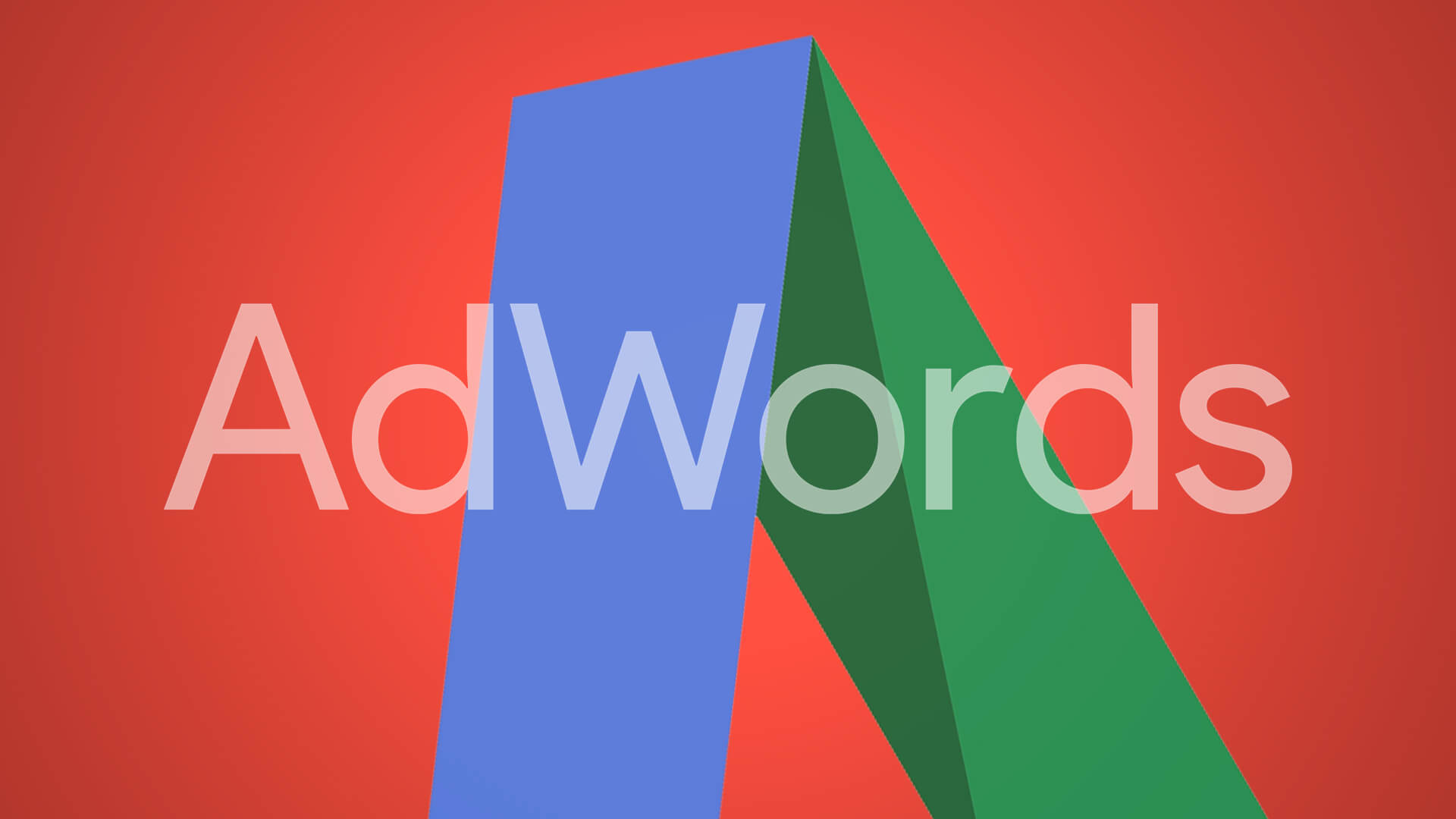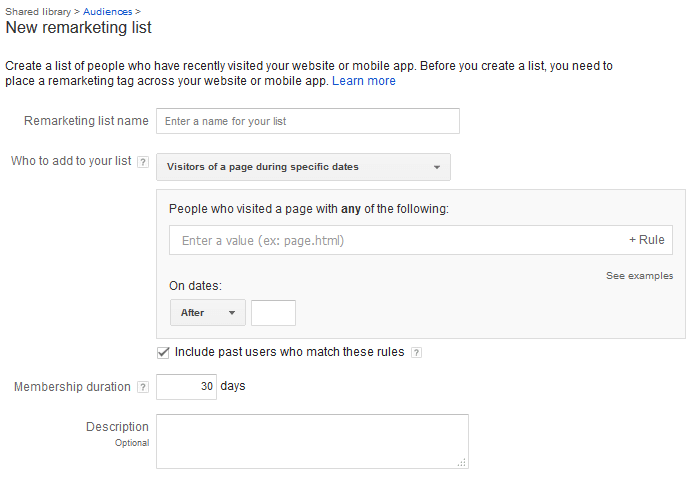What Google’s recent RLSA updates mean for advertisers
Columnist Andy Taylor discusses the impact of two recent changes to Remarketing List for Search Ads announced at SMX East 2016 -- expanded RLSA membership duration and cross-device retargeting.

At the recent SMX East conference in New York City, Google’s Jerry Dischler announced a number of paid search updates that should roll out in the near to immediate future. Among them, two in particular stand to expand the footprint of Remarketing Lists for Search Ads (RLSA).
Here are the changes you need to know about, starting with the most impactful.
RLSA membership duration expanded to 540 days
Since beta testing all the way back in 2012, RLSA has been restricted to include only those users who visited an advertiser’s website within the past 180 days.
This meant that there wasn’t a whole lot of opportunity for using RLSA in reaching out to once-a-year converters or baking seasonality into targeting as much as many advertisers hoped.
However, that 180-day limit has now been tripled to 540 days.
What does that mean?
- A lot more searchers can be targeted with RLSA, as the number of distinct visitors to a brand’s site is naturally much higher when looking at the last 540 days compared to the last 180 days. While the value of those audiences will almost certainly vary depending on the length of time between site interactions for the vast majority of advertisers, audiences can be created in such a way as to segment users based on the length of time since their last site interaction using the “Visitors of a page during specific dates” targeting option:
- It’s now much easier to incorporate seasonality into optimizations using RLSA. With only 180 days to work with under the old restrictions, brands had precious little time to work with in advertising evolving product lines or seasonal products to searchers before they might fall out of remarketing lists. This is less of a concern now with the 540-day duration.
- Once-a-year purchasers can finally be targeted using RLSA. Imagine a product which is purchased in 12-month subscription increments, or a user who only ever orders flowers one day each year about a week before Valentine’s Day, and you get the picture of how this capability is valuable for brands.
- Customer Match now has less of an advantage over RLSA in terms of reaching users who haven’t interacted with a brand in a long time. Advertisers are currently able to load any email address they’ve ever obtained first-hand into Customer Match audiences, no matter how long ago.
- It should be noted that Google is less likely to be able to match older emails to users in search, as users can switch emails over time. Similarly, users are more likely to clear cookies or otherwise remove themselves from being targeted with RLSA the longer it’s been since they interacted with a brand. Regardless, the expanded membership duration of RLSA brings these two products closer together in targeting users who haven’t interacted with a brand in a while.
Pumping the brakes a bit on the excitement level, new RLSA audiences won’t pre-populate with visitors, so advertisers will have to wait for new audiences to actually reach visitors from 540 days ago. Any lists that were already created prior to the update which targeted visitors further back than 180 days (since visitors from up to 540 days ago could already be targeted on the Google Display Network) immediately began allowing visitors to remain targetable in search longer than 180 days with the update.
Thus, if you already had an audience encompassing visitors from as far back as 540 days ago, it will only take you 360 days from the date of the update to actually target visitors from a 540-day time span in search.
You can also increase the duration of any existing list to encompass a longer time frame, and the list will retain its existing users — and grow as more days’ visitors are added to the audience without users dropping off until the new duration limit is reached.
Cross-device remarketing through RLSA
Historically, advertisers have only been able to remarket to site visitors on the devices through which they accessed the site. Given that over one third of US consumers now own at least three devices with which to research and convert, it’s certainly not uncommon for users to visit an advertiser’s website and then search for a relevant keyword on a different device at a later time.
Advertisers would like to be able to immediately target those users through remarketing lists, regardless of the device they are using, and now are able to do just that for users who are signed into Google accounts across the devices they use.
This stands to have a pretty significant impact on the share of searches that will match to an RLSA list and will help to better connect orders to users based on their previous interactions with a brand.
It’s difficult to guess how many site visits occur on one device and are followed at some point later by another search relevant to that same site, but on another device. However, the share of site visits would seem to be meaningful given that Google attributes 10 to 20 percent of paid search conversions to cross-device interactions.
It’s also difficult to gauge what share of searchers are signed into a Google account across their devices, but given that there are now over a billion Gmail users, according to Google, the number again stands to be pretty meaningful.
Audiences are number one, all others are number two… or lower
Paid search practitioners have long been anticipating the rise of audiences in targeting searchers.
Some have taken that anticipation a bit too far in arguing that audiences are more important than keywords, which just isn’t true. Try advertising your SaaS (software as a service) to someone searching for a Halloween costume — even if they’re a past customer, I can tell you how that’s probably going to end.
That said, our ability to target users as part of larger audience segments is steadily growing. Customer Match was released in October 2015 and expanded to Google Shopping in June. Google formally announced the release of age and gender demographic audiences in May. And now, RLSA is getting a couple of big upgrades which really stand to increase the reach of the product.
While I won’t be swayed that audiences are more important than queries when it comes to search, I think it’s a fair argument to say that Google sees expanding the reach and targeting capabilities of audiences as one of their top priorities.
To that end, RLSA is now much more powerful than it was even a couple of weeks ago.
Contributing authors are invited to create content for Search Engine Land and are chosen for their expertise and contribution to the search community. Our contributors work under the oversight of the editorial staff and contributions are checked for quality and relevance to our readers. The opinions they express are their own.
Related stories
New on Search Engine Land
